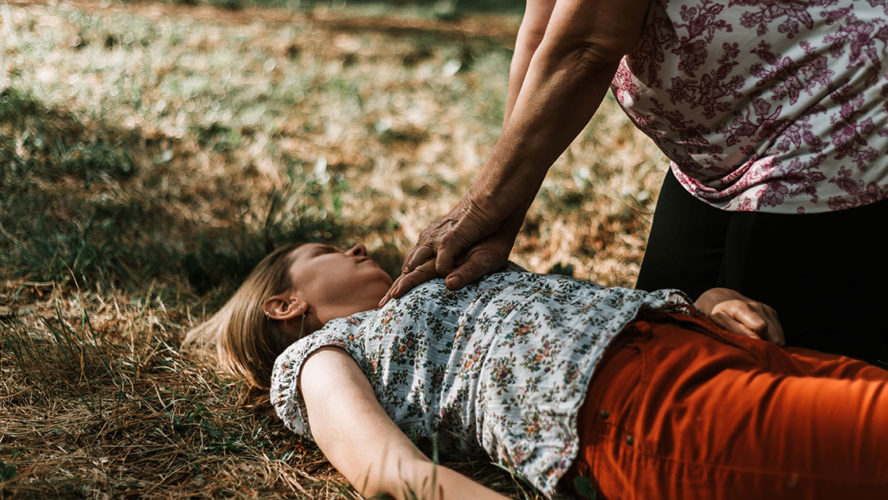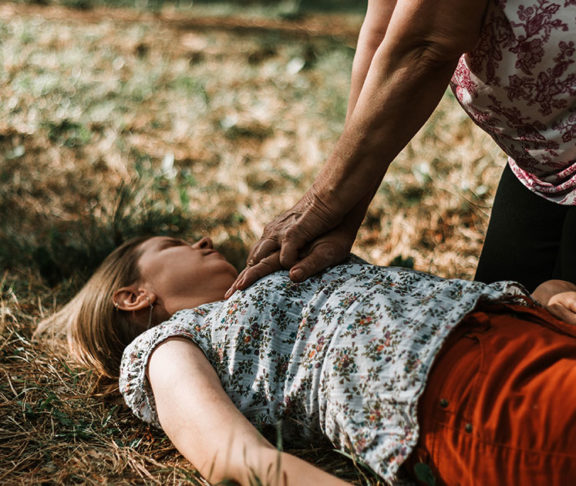A new CPR training product designed to represent the female anatomy aims to improve survival rates in women suffering cardiac arrest.
When someone is in need of CPR, every second counts. Unfortunately, people often hesitate or refuse to perform this life-saving technique on women based on lingering myths or fears. Sadly, this means females have a lower chance of survival during out-of-hospital cardiac arrest.
Sobering statistics
According to a survey from the American Heart Association, men who suffer out-of-hospital cardiac arrest in a public location receive cardiopulmonary resuscitation from a bystander 45 percent of the time. Women, in comparison, receive bystander CPR in only 39 percent of cases. As a result, men have a 23 percent higher survival rate.
Some of the reasons for refusing to help include fear of injuring a woman or mistakenly thinking women don’t suffer cardiac arrest. In addition, rescuers are sometimes afraid they’ll be accused of sexual assault or sexual harassment. They may be afraid of touching a woman inappropriately.
Offering a solution
A new patent-pending product is now available to help reverse this troubling pattern of behavior.
“The new PRESTAN Female AccessoryTM has been designed to build confidence in CPR training, encourage dialogue and breakdown barriers, eliminate gender bias in CPR administration, and improve CPR survival rates in women,” explains Ed Feil, the company’s vice president for worldwide sales and marketing. “It’s available in both medium and dark skin tones, and it can be paired with our CPR training shirts for a full, real-life scenario training experience.”
How it works
The PRESTAN Female AccessoryTM has been designed to securely fit on various models of the company’s manikins by simply clipping it to each side of the manikin torso. Instructors are now able to cost-effectively upgrade their current manikins to train students with the confidence to be ready in all life-saving moments, including those involving women.
“It provides an opportunity for CPR training instructors to educate, properly train and answer any questions students may have when learning CPR on the female anatomy,” says Feil. “This forum allows students to voice their concerns and talk through any fears they may have before being in a real-life scenario with a female cardiac arrest victim.”
Lack of diversity
Feil points out, “Most people are very surprised to hear women receive bystander CPR less often than men. Once they’ve been made aware of the shocking statistics, we’ve found many individuals quickly begin to personalize this information and ask, ‘How would I save my mother, my grandmother, my daughter’, and many women ask, ‘How would someone save me?’”
While current industry guidelines don’t specifically require CPR training to be conducted on the female anatomy, the lack of bystander CPR on females is a troubling reality.
“We recognized this issue, and felt the need to take action, bringing this new product offering to the market in an effort to save more lives.”
Recognizing the need for change
There’s no time to waste when CPR is needed, and hesitation or questioning one’s skills or hand placement shouldn’t be an issue.
“We are committed to building confidence in CPR training instructors and their students,” says Feil. “We want bystanders to be prepared and feel comfortable performing CPR on all cardiac arrest victims, including women. There was a clear product gap in the basic life support market, and we are proud to be the first CPR training manikin provider to offer a product solution to this long-standing problem.”



